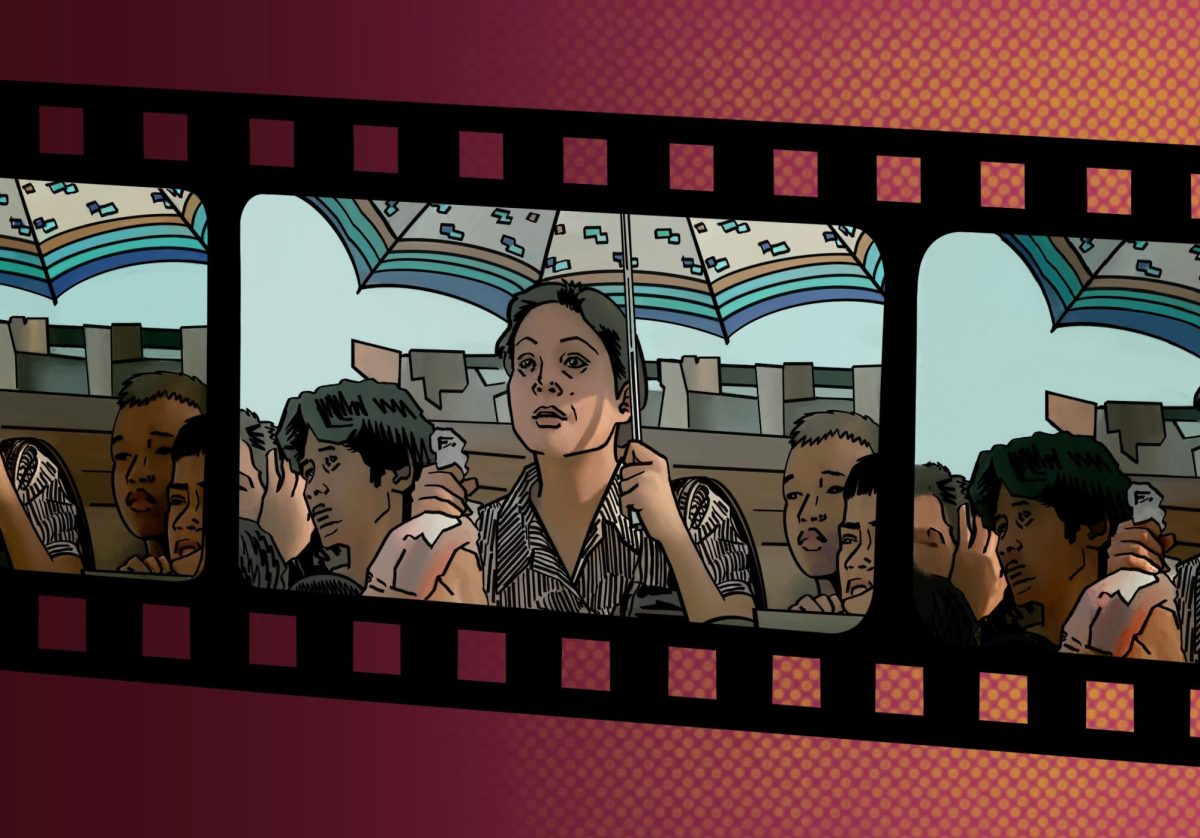Filipino director Lino Brocka’s 1980 film “Bona” is known as one of the greatest works in Philippine cinema. The film depicts the story of titular character Bona, documenting her pursuit of and obsession over second-string actor and philanderer Gardo. For decades, the film was thought to be lost forever, with no known copy available. A 4K restoration of the film, which was showcased during the 62nd New York Film Festival, is bringing Brocka back into the spotlight.
Ahead of its U.S. premiere at NYFF, WSN spoke with Gil Quito, a Filipino writer and media producer who served as a consultant for the restoration of “Bona.” He is also involved on campus as the film curator for Sulo, the Philippine Studies Initiative at NYU.
“Unfortunately, the consciousness for preserving film in the Philippines came very late,” Quito said. “A lot of our heritage has been lost, including some of Lino Brocka’s films.”
Brocka was a pioneer of the “Second Golden Age” of Filipino cinema in the ‘70s and ‘80s. His films, including “Manila in the Claws of Light” and “Insiang,” reveal the social realities of life under the authoritarian regime of Ferdinand Marcos.
Quito first became involved in the restoration of “Bona” through his friendship with Vincent Paul-Boncour, the CEO of French film distribution company Carlotta Films. An avid fan of Filipino cinema and Brocka’s work, Paul-Boncour asked Quito if he had “Bona” in his private collection, hoping that it could be restored. Quito only had a low-quality VHS copy of the film.
“We all thought that was the best we could get,” Quito said. “The negatives and the prints were lost and only the poor VHS version was available. For film restoration, as much as possible, you want to find the negatives because that yields the best results.”
It took a team effort from Quito and countless others from the United States, France, the Philippines and Hong Kong to track down a copy of the negatives. José B. Capino, a professor at the University of Illinois Urbana-Champaign, interviewed the late French Director Pierre Rissient, who dropped off a copy of the negatives with the film company LTC Patrimoine. This led the team behind “Bona” to contact the French film lab that discovered the negatives when they acquired LTC Patrimoine’s inventory.
Quito also helped Carlotta Films and Kani Releasing, the U.S. distributor of the restoration, in reaching out to actress Nora Aunor — who portrayed the titular character in “Bona” — to secure the rights to the film.
Last May, the restoration of “Bona” premiered at the 76th Cannes Film Festival as part of the Cannes Classics section. It was Quito’s first time seeing the film on the big screen, having missed it during its release in 1980.
“It was beautifully restored,” Quito said. “It had a sparkling quality that, maybe, was even better than the original. They did a great job.”
While “Bona” is indicative of a specific era of Filipino cinema, Quito spoke about how the film is timeless and speaks to the present moment.
“It puts into question the Philippines’ long history of being enthralled with religion without question,” Quito said. “That’s a timeless theme of questioning dogmas, old beliefs and idolizations to find a clearer view of the world, but it’s still relevant now because there’s so much worship of people in the media.”
“Bona” had its U.S. premiere at NYFF 62 as part of their Revivals section. With the film expanding its audience to America, Quito hopes that Filipino cinema as a whole will continue to be celebrated in the future beyond Brocka’s works.
“The foreign film festivals and the distributors are very excited about Brocka, but I do believe that there are also others that are as worthy of attention,” Quito said. “These films are repositories of our culture and consciousness, marking Filipinos as great artists.”
“Bona” will be showing at the New York Film Festival until Oct. 10.
Contact Ella Sabrina Malabanan at [email protected].


























































































































































